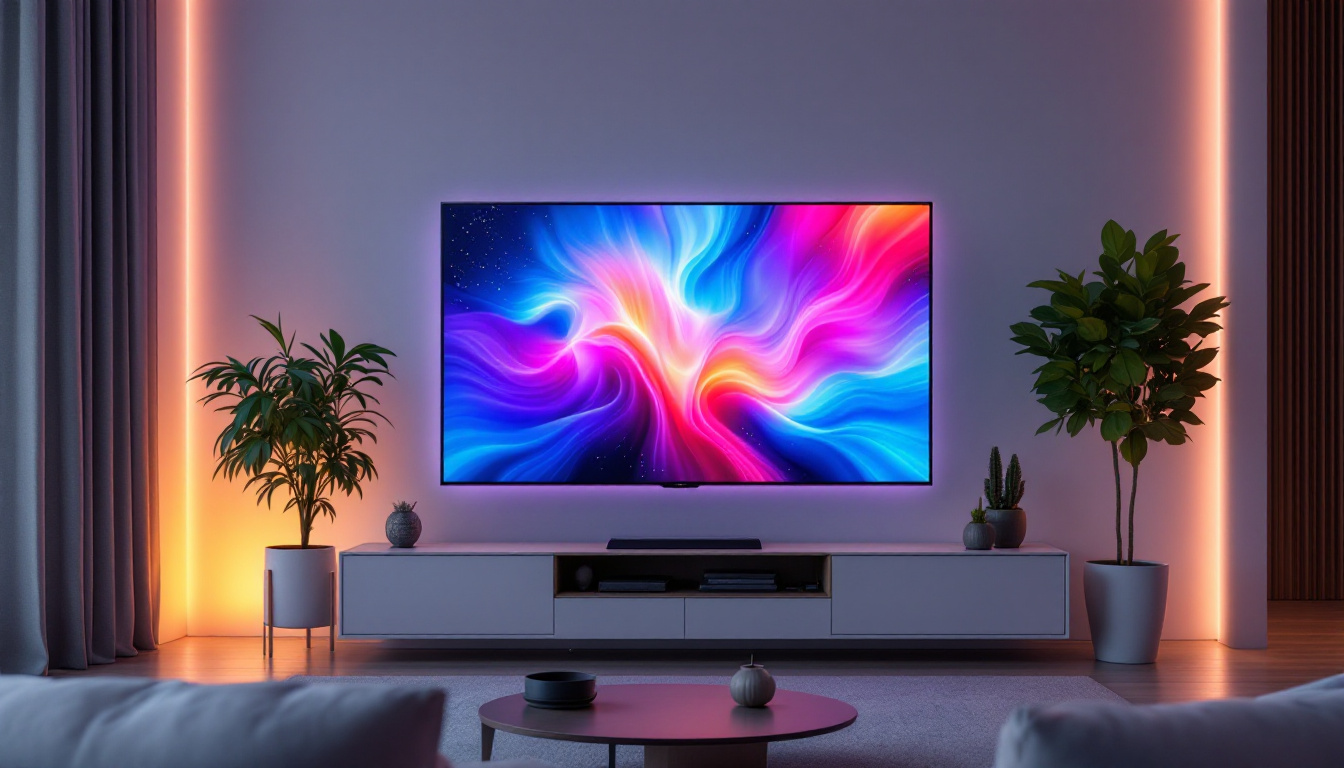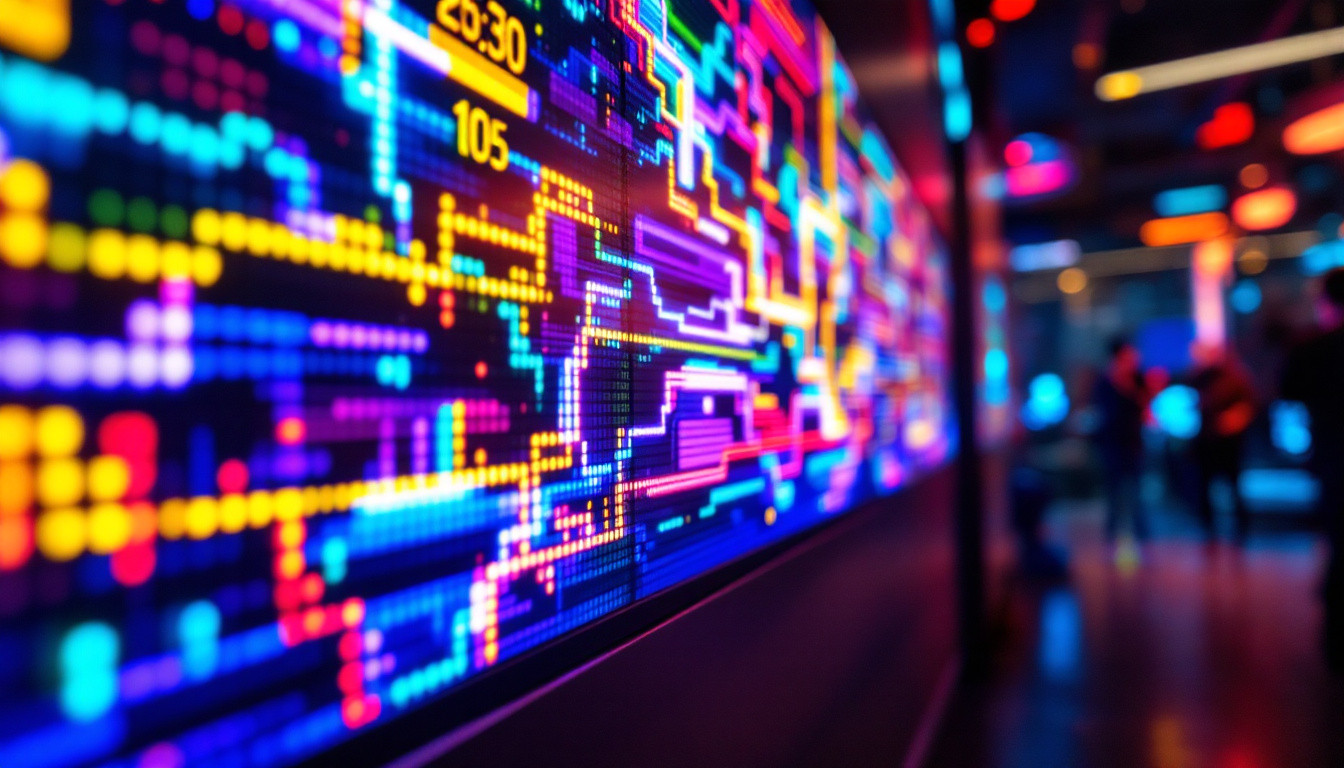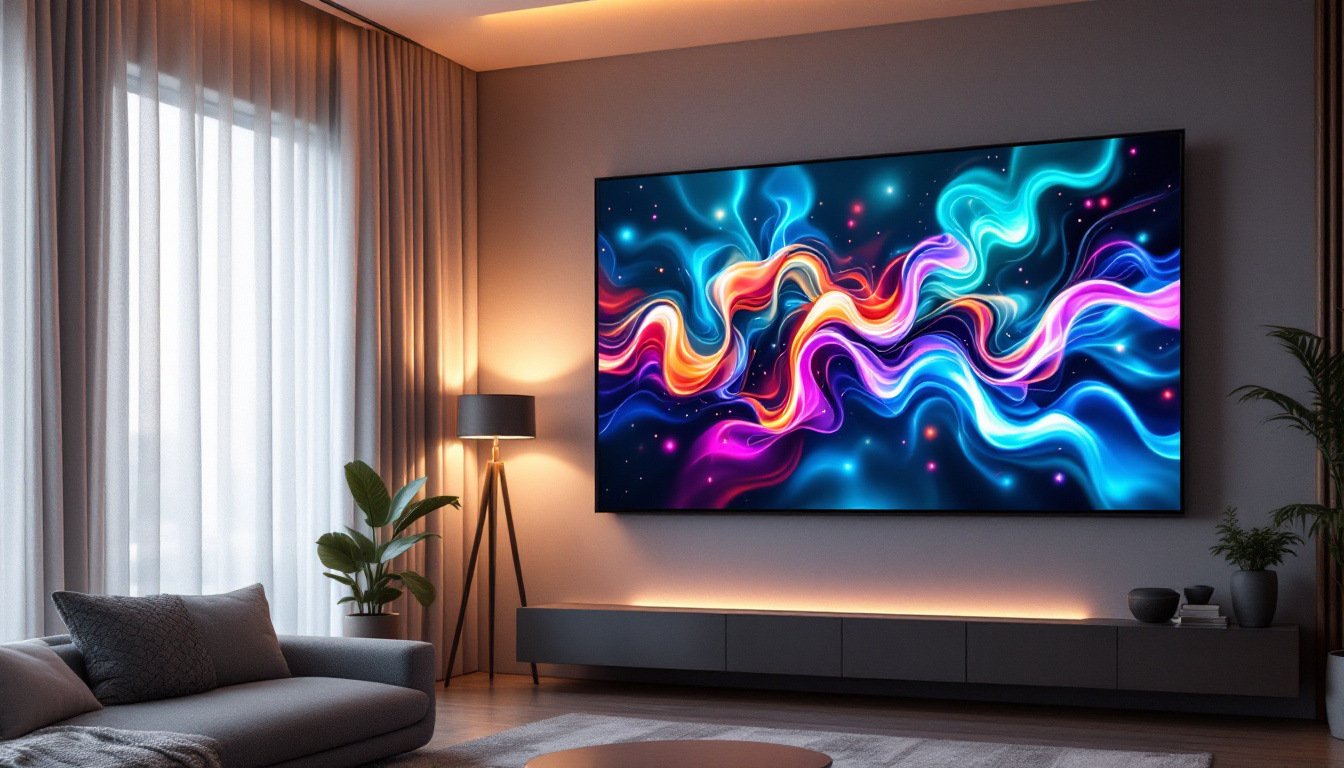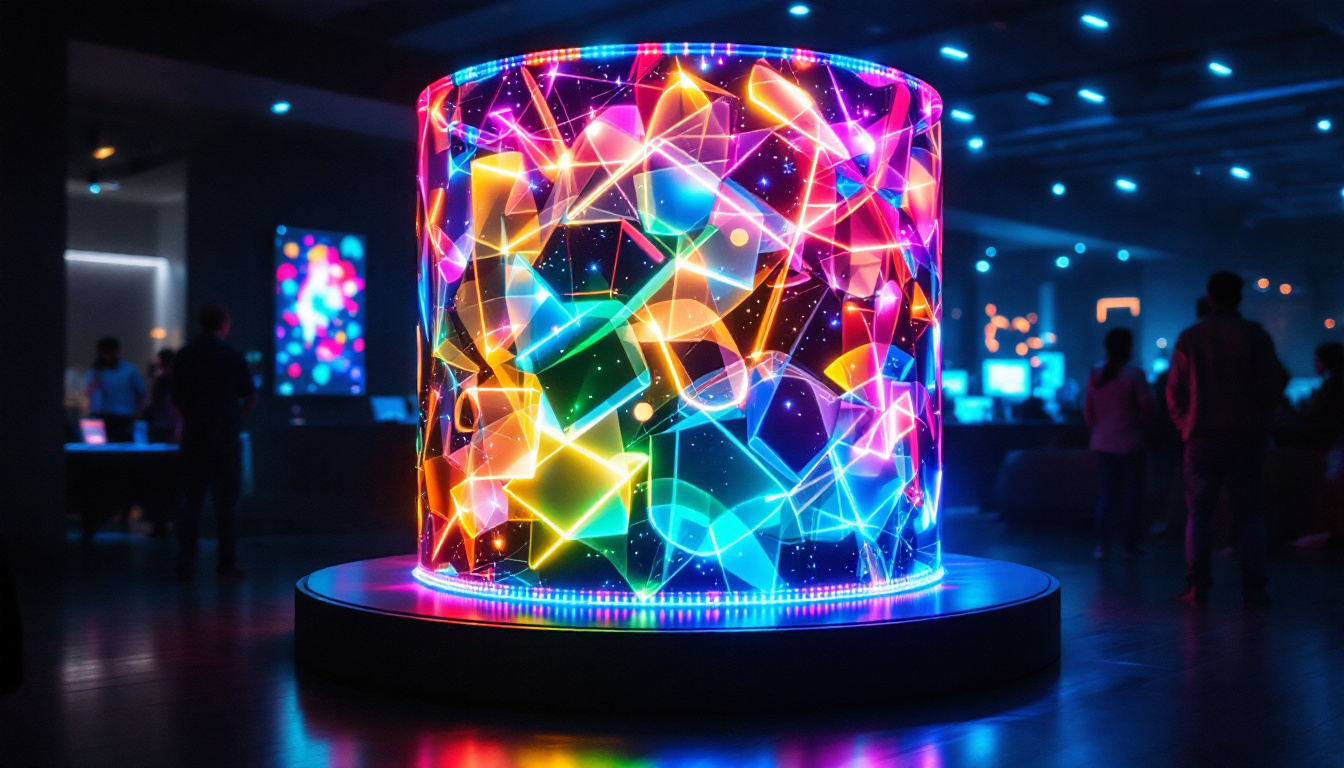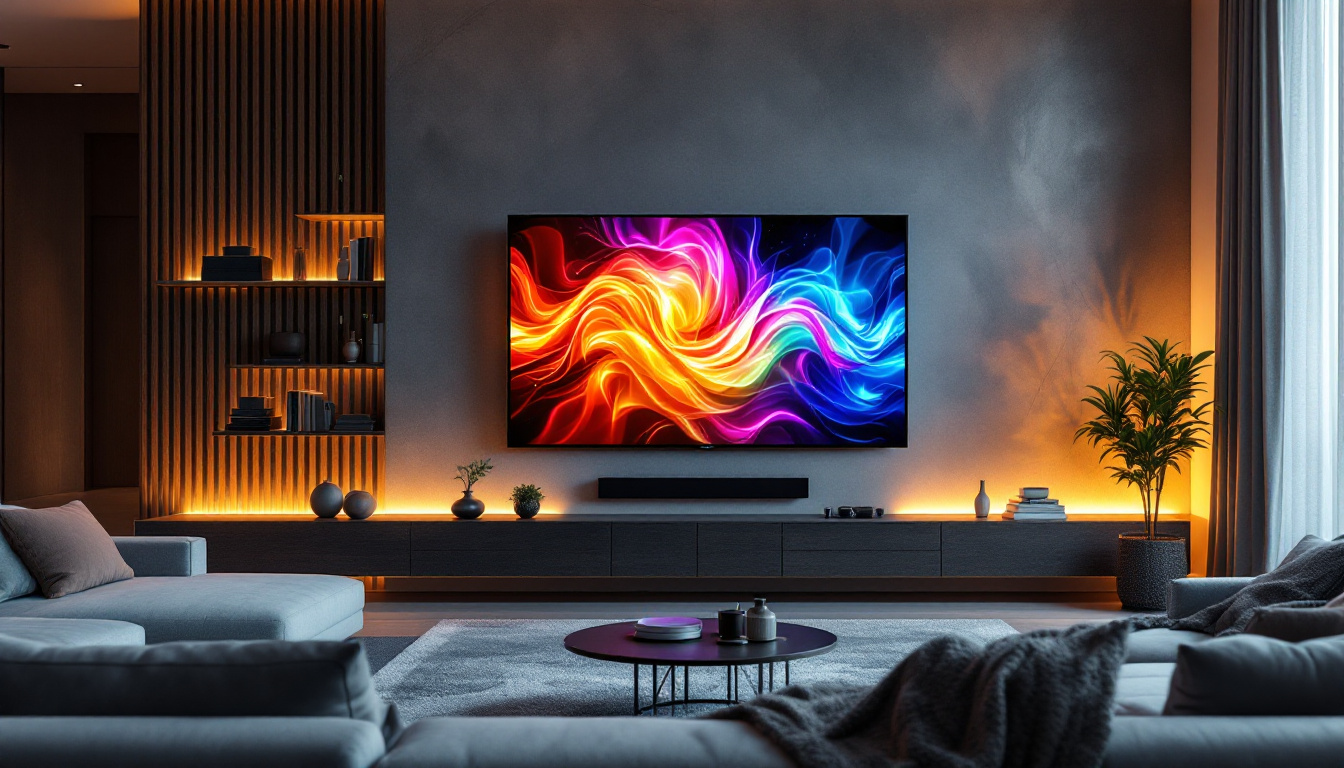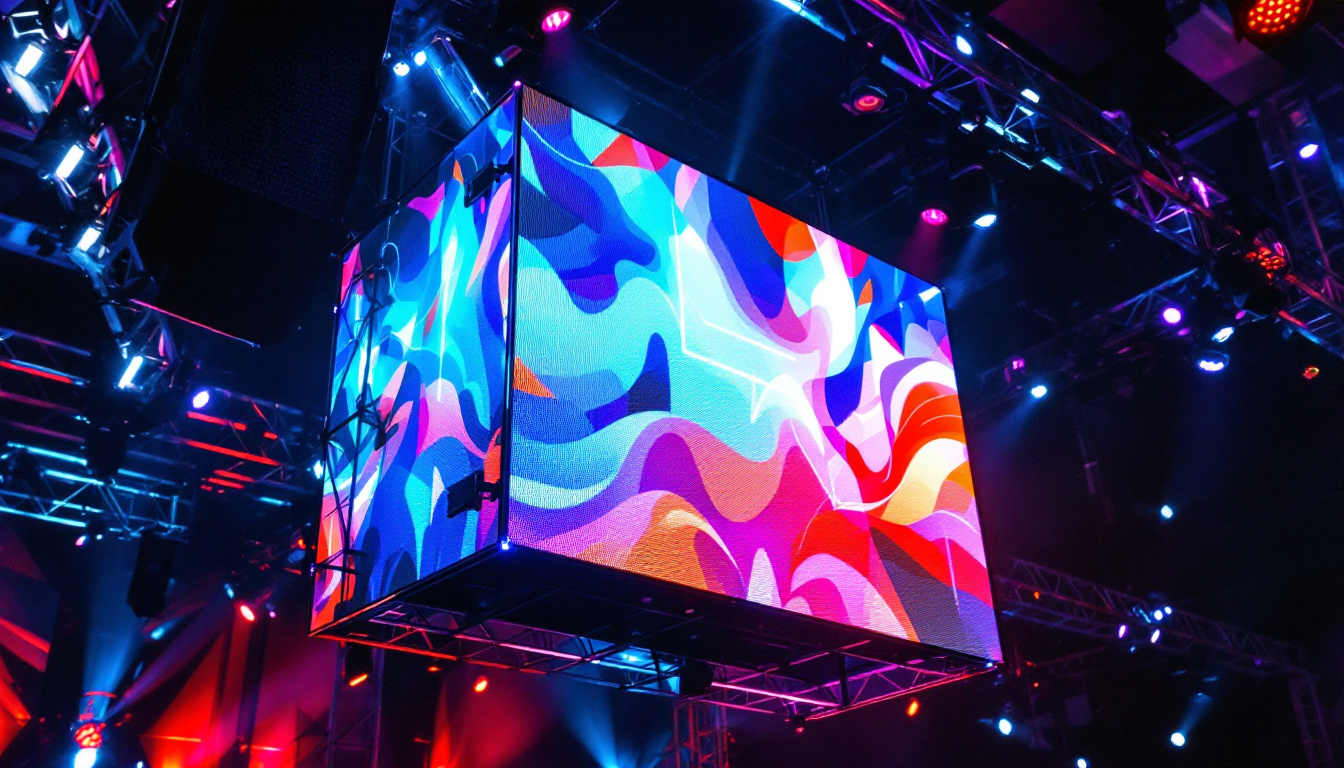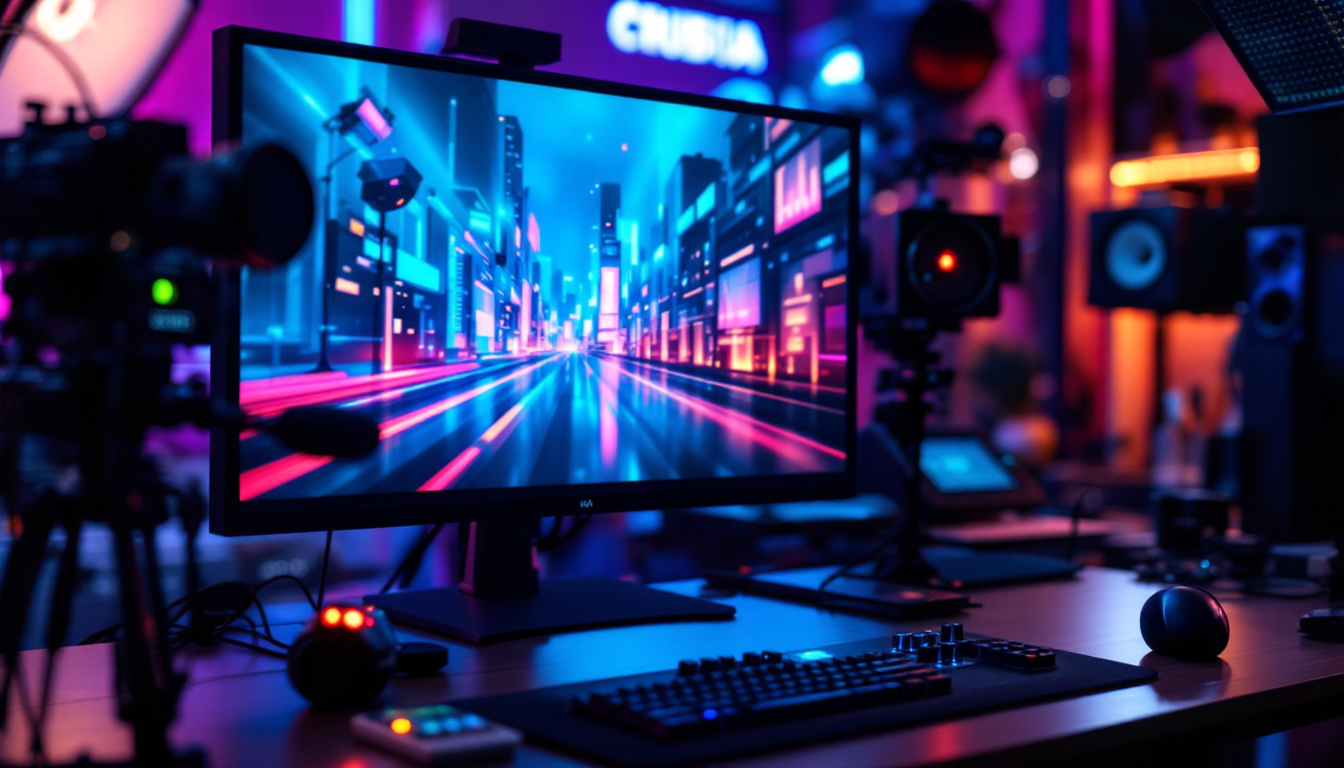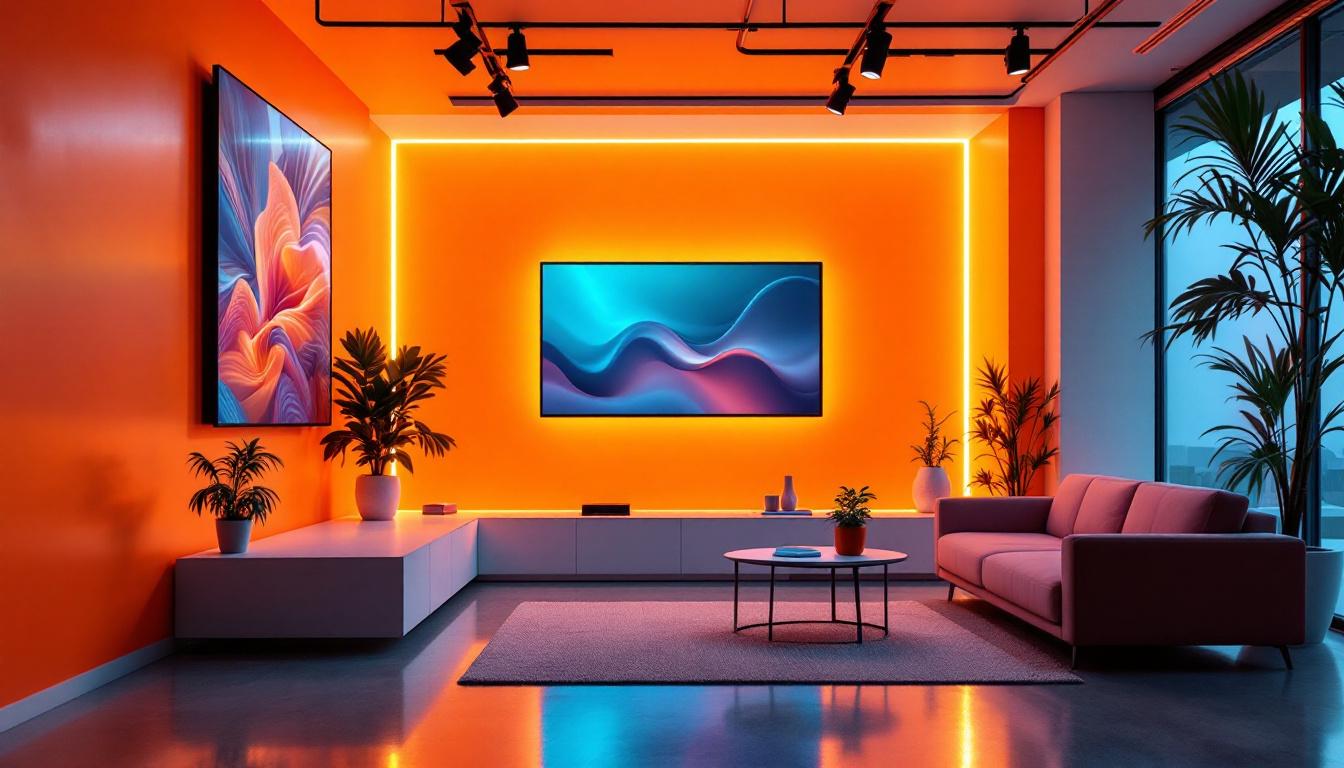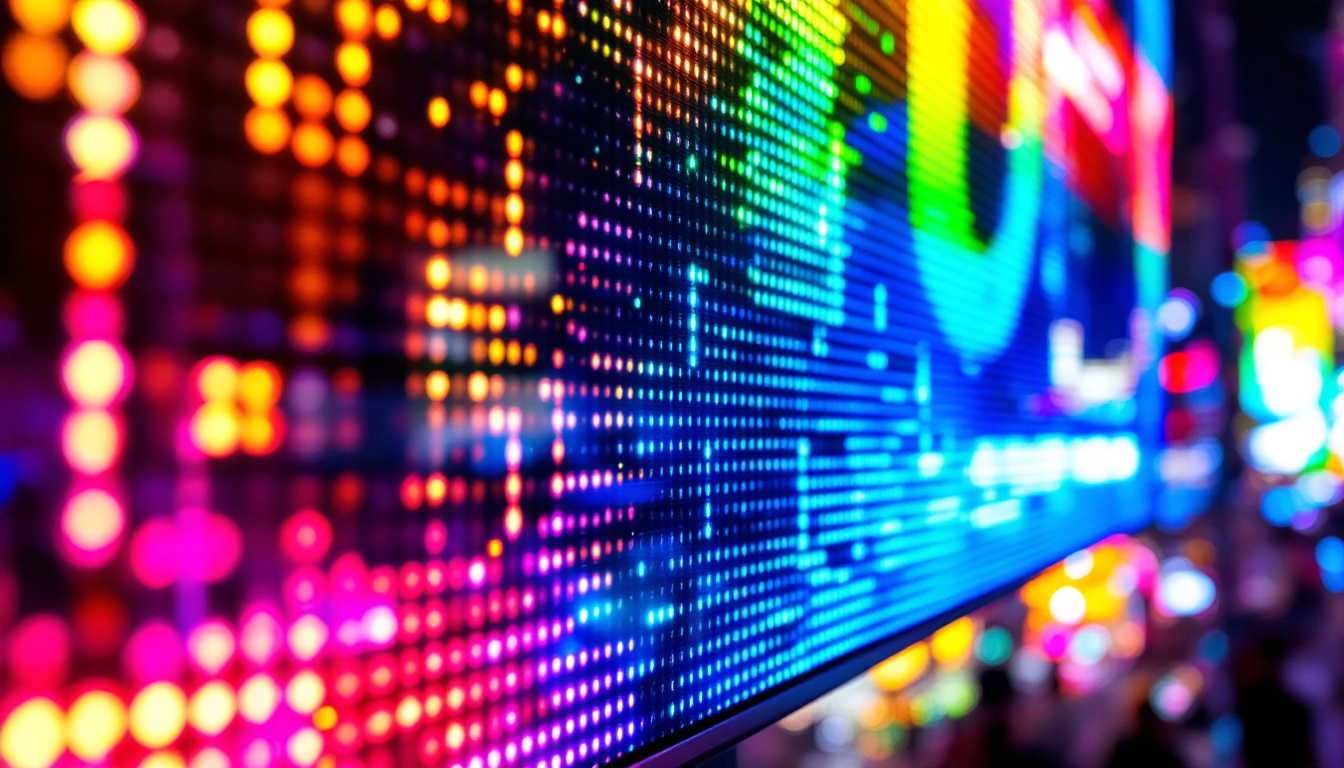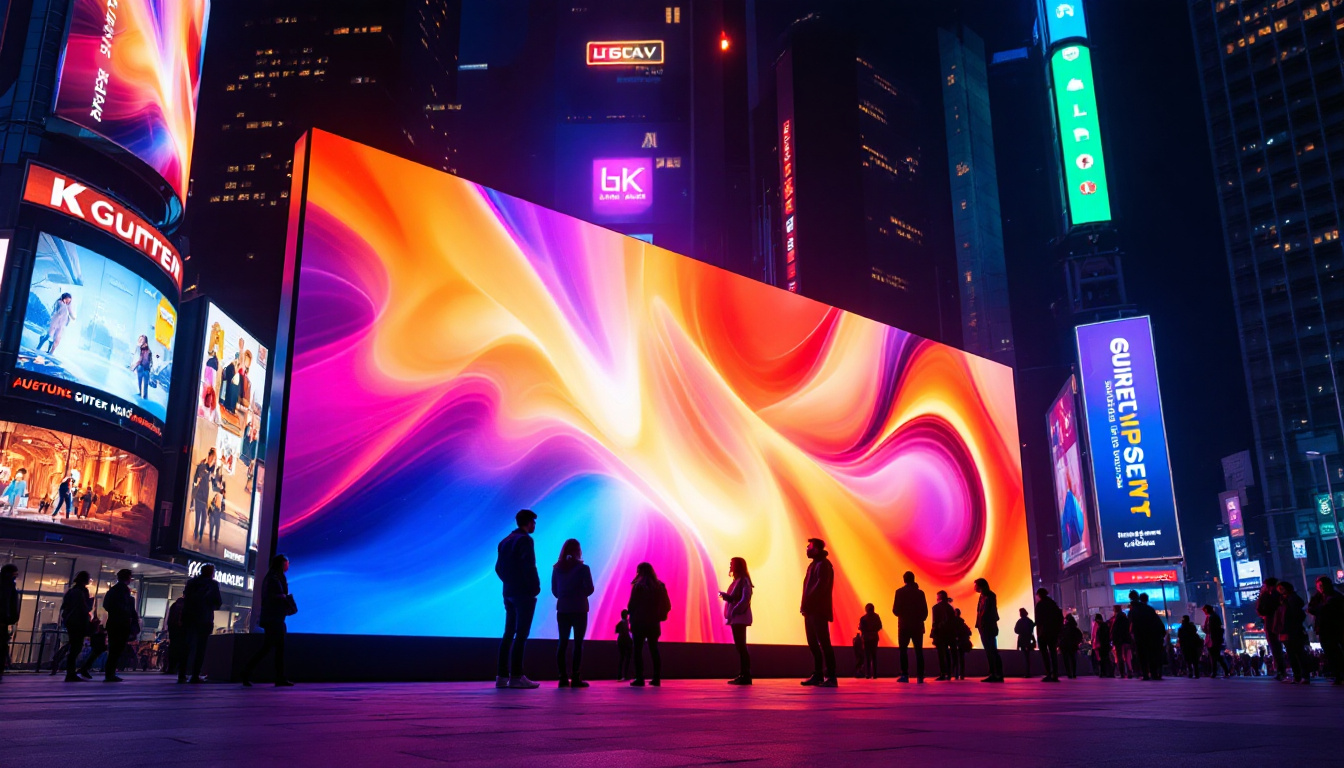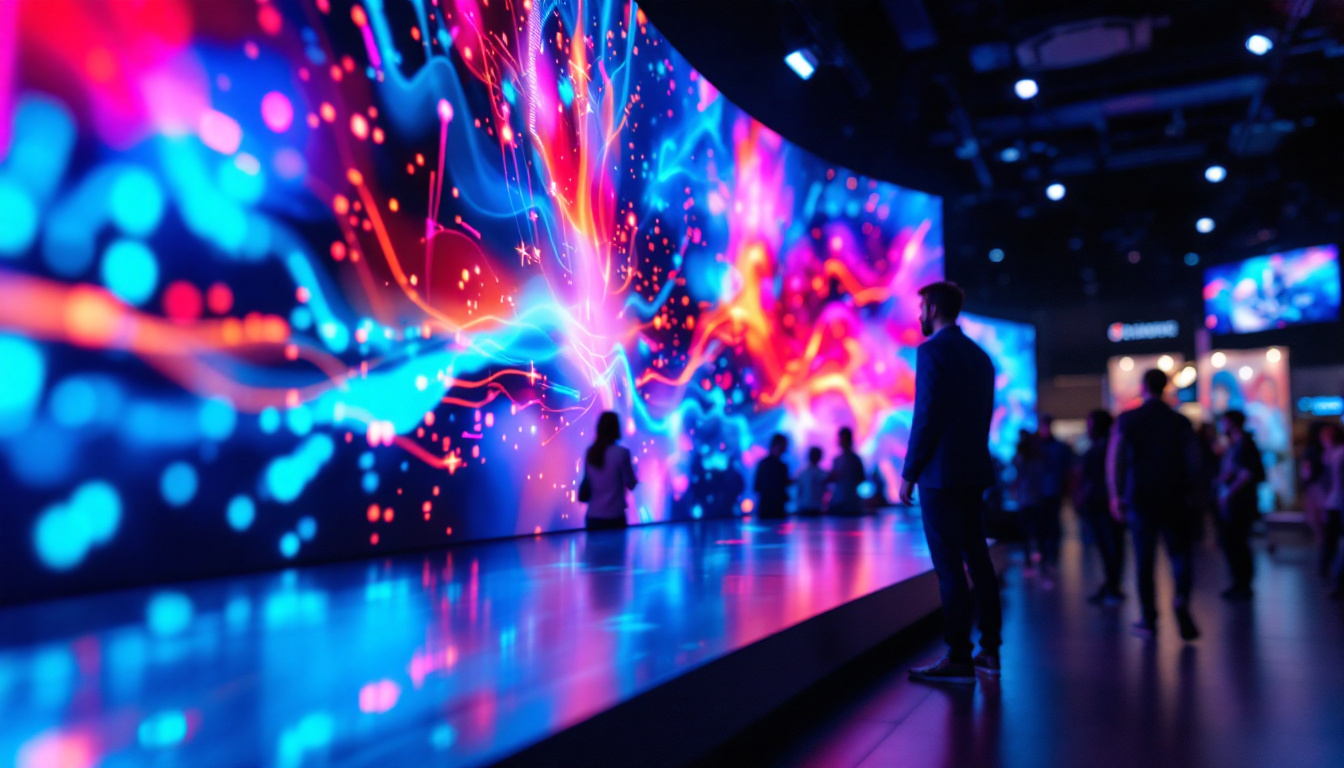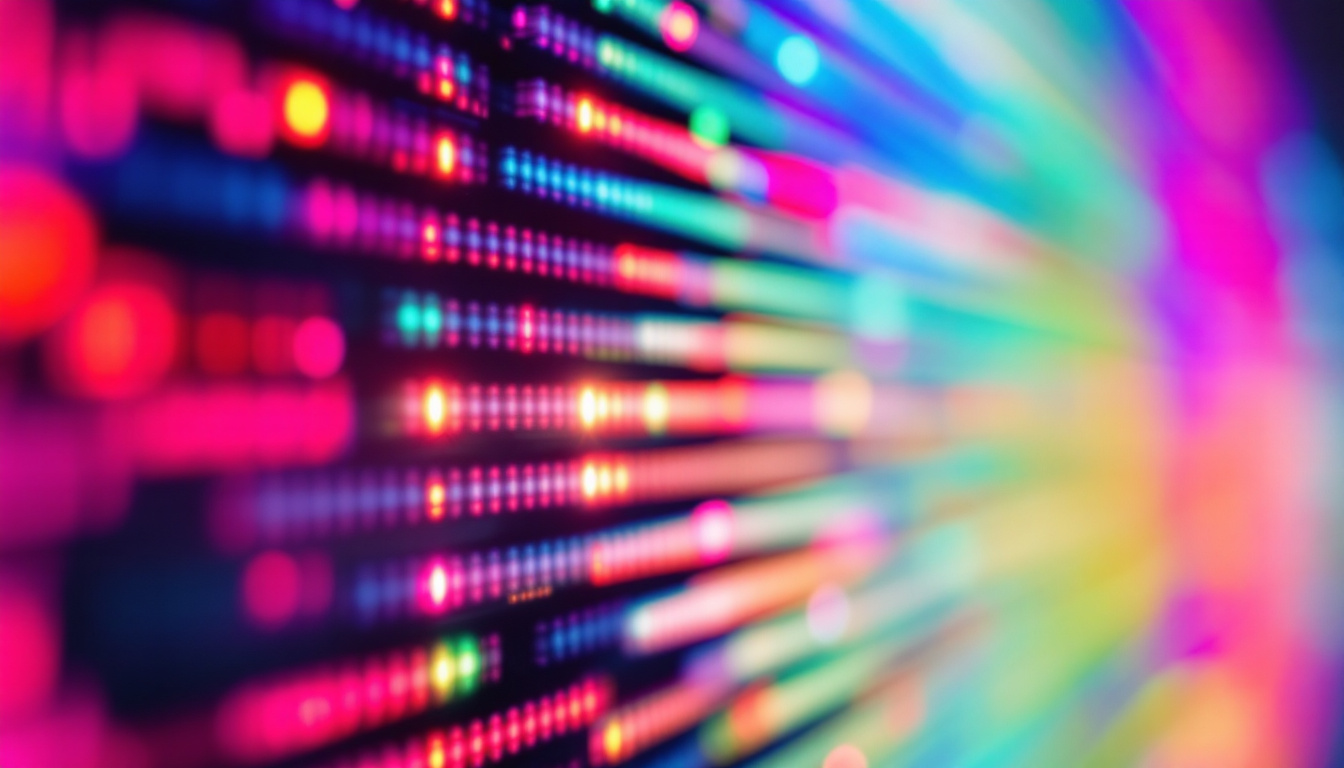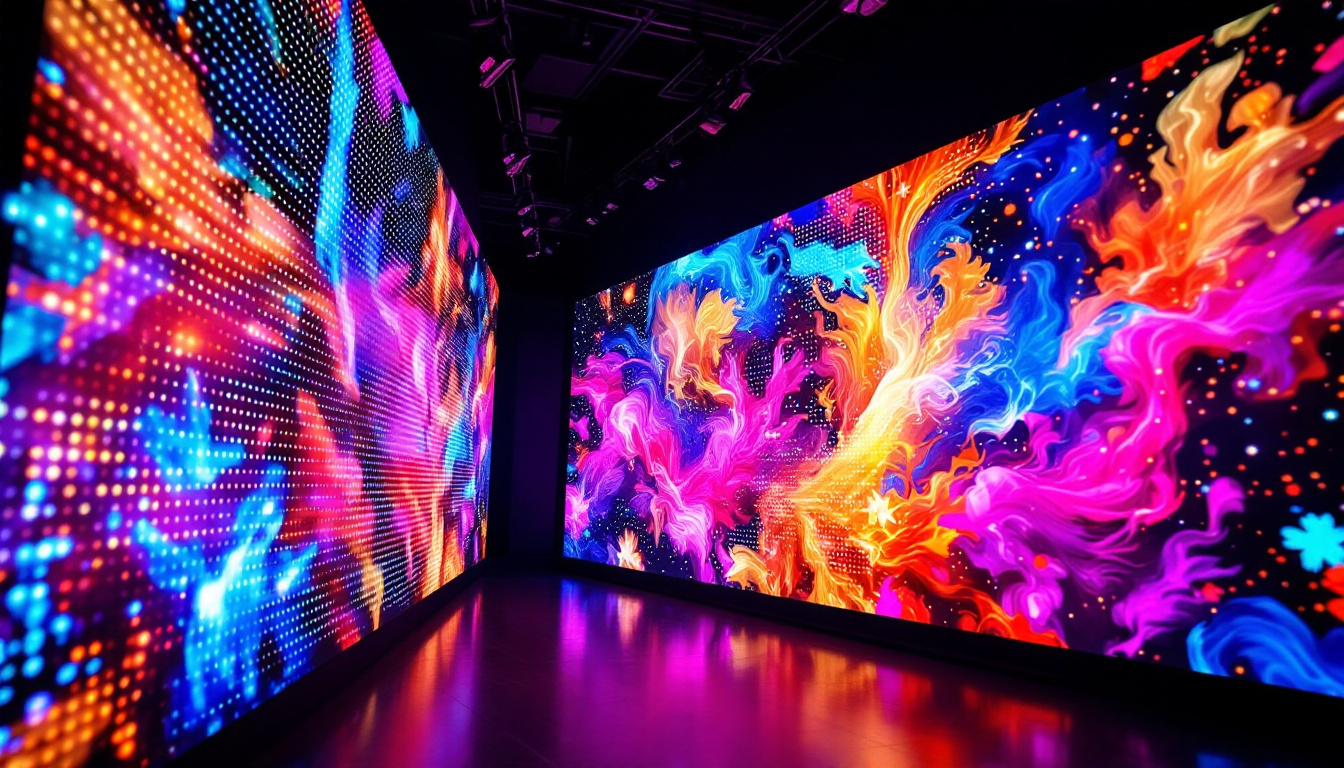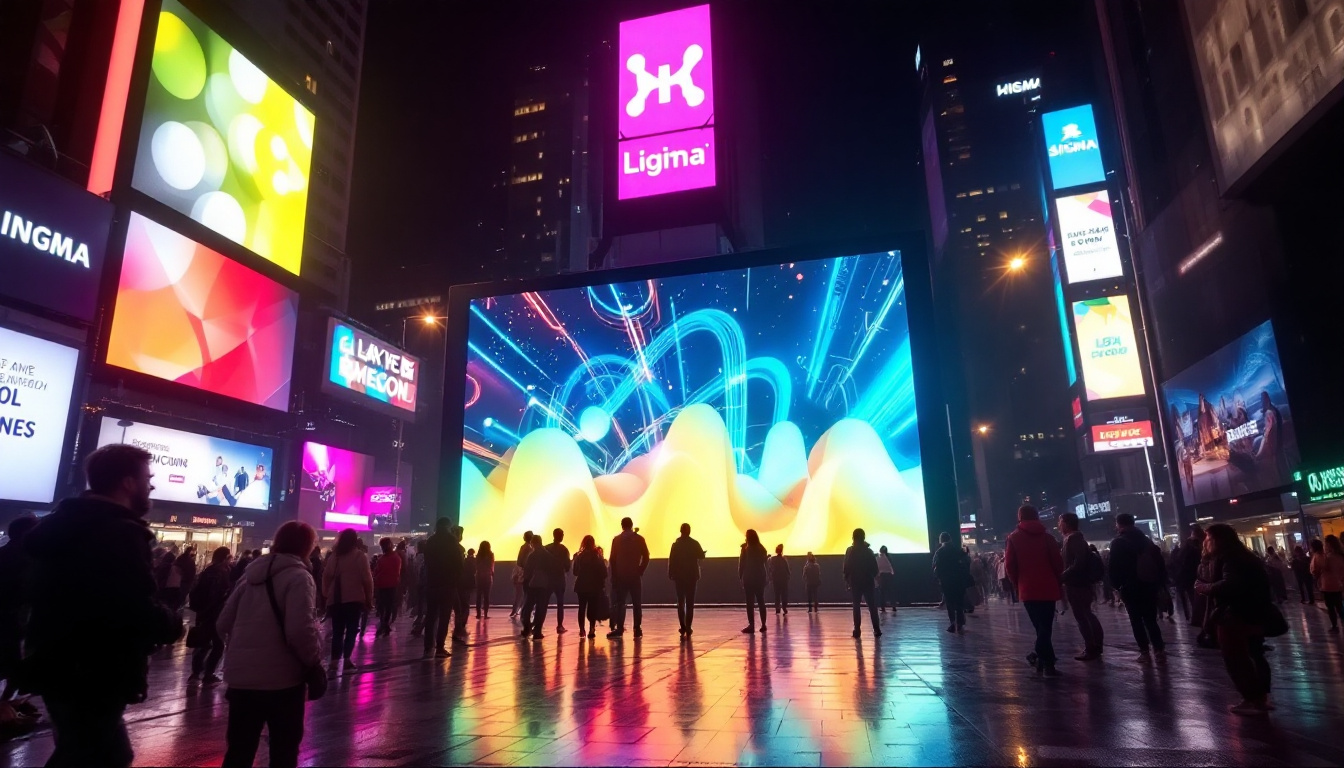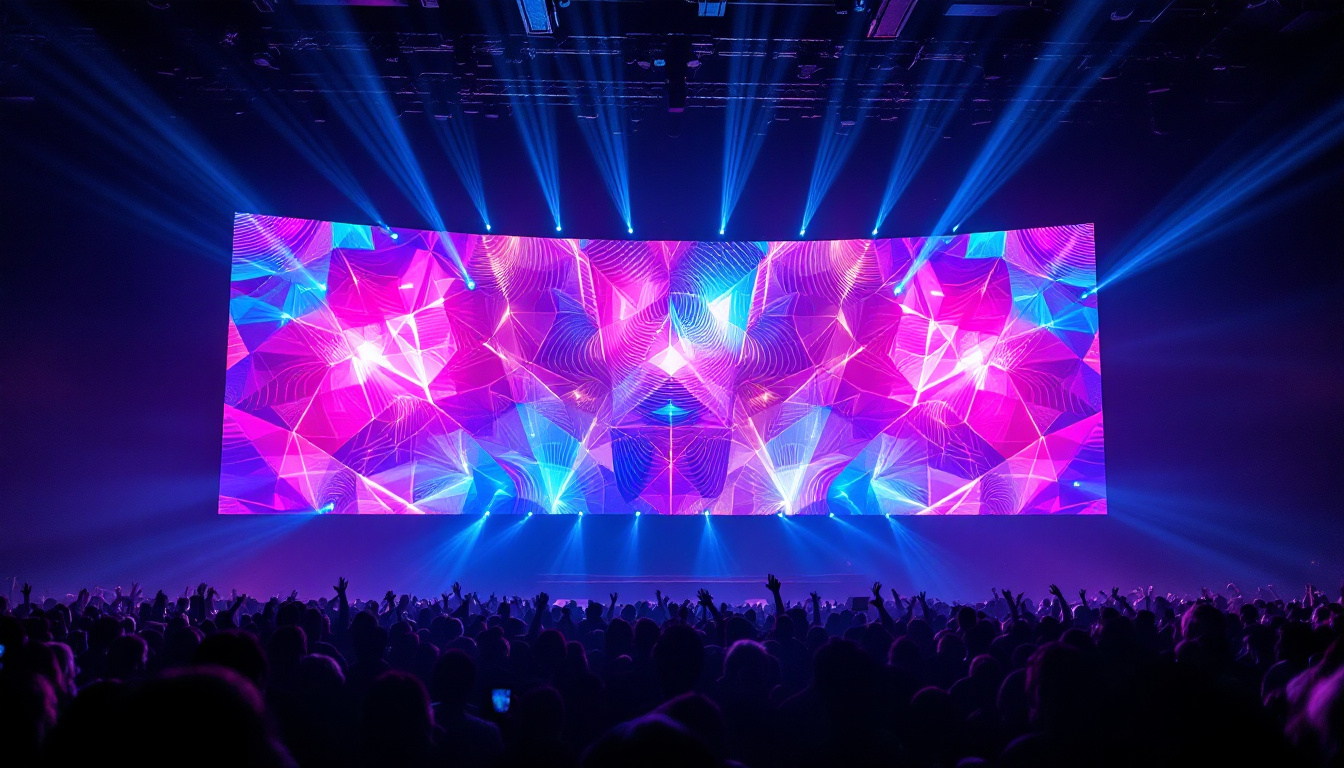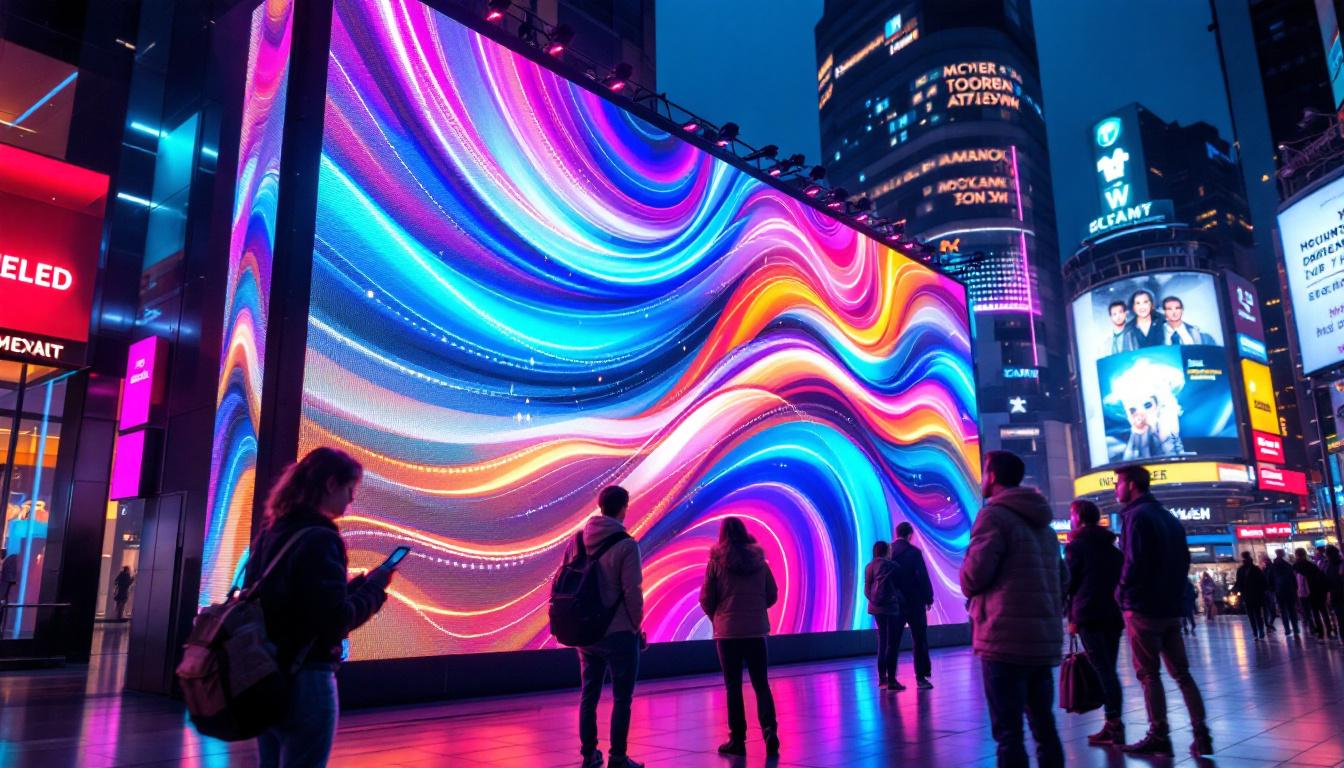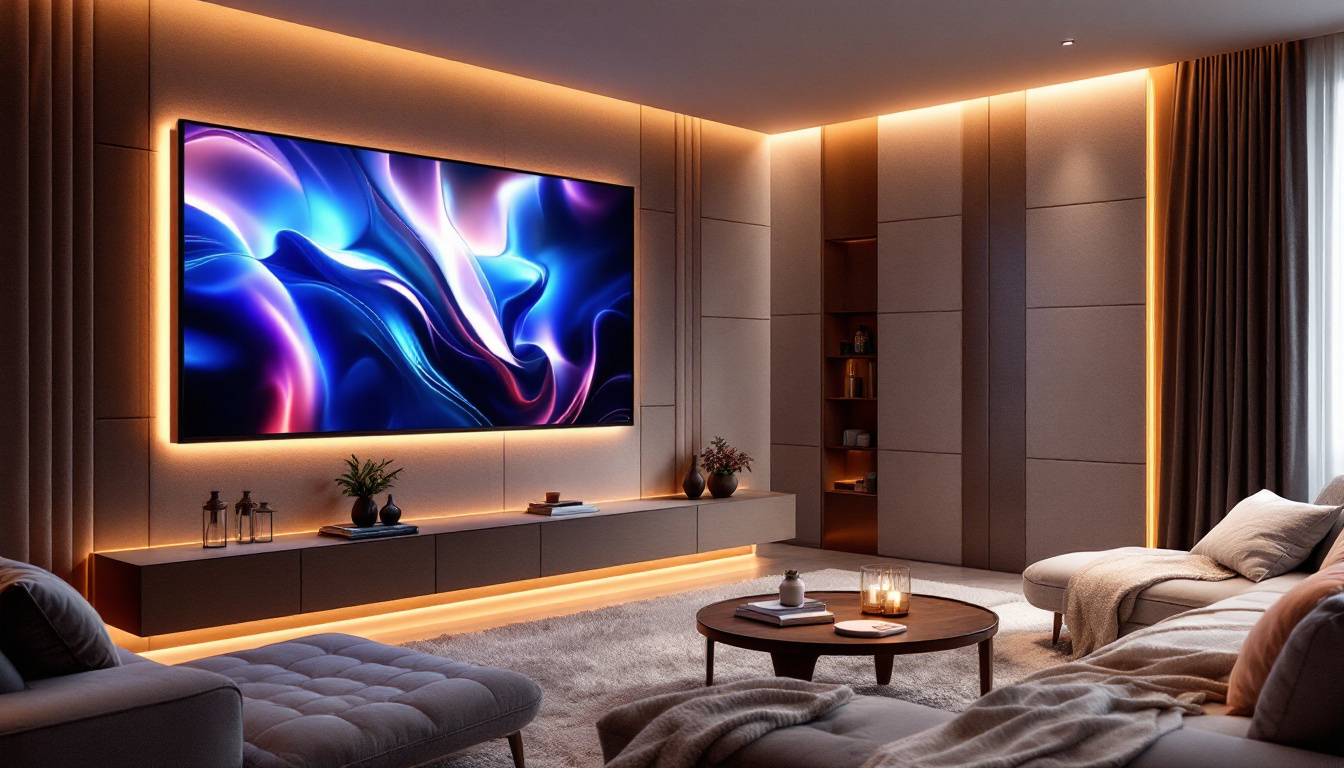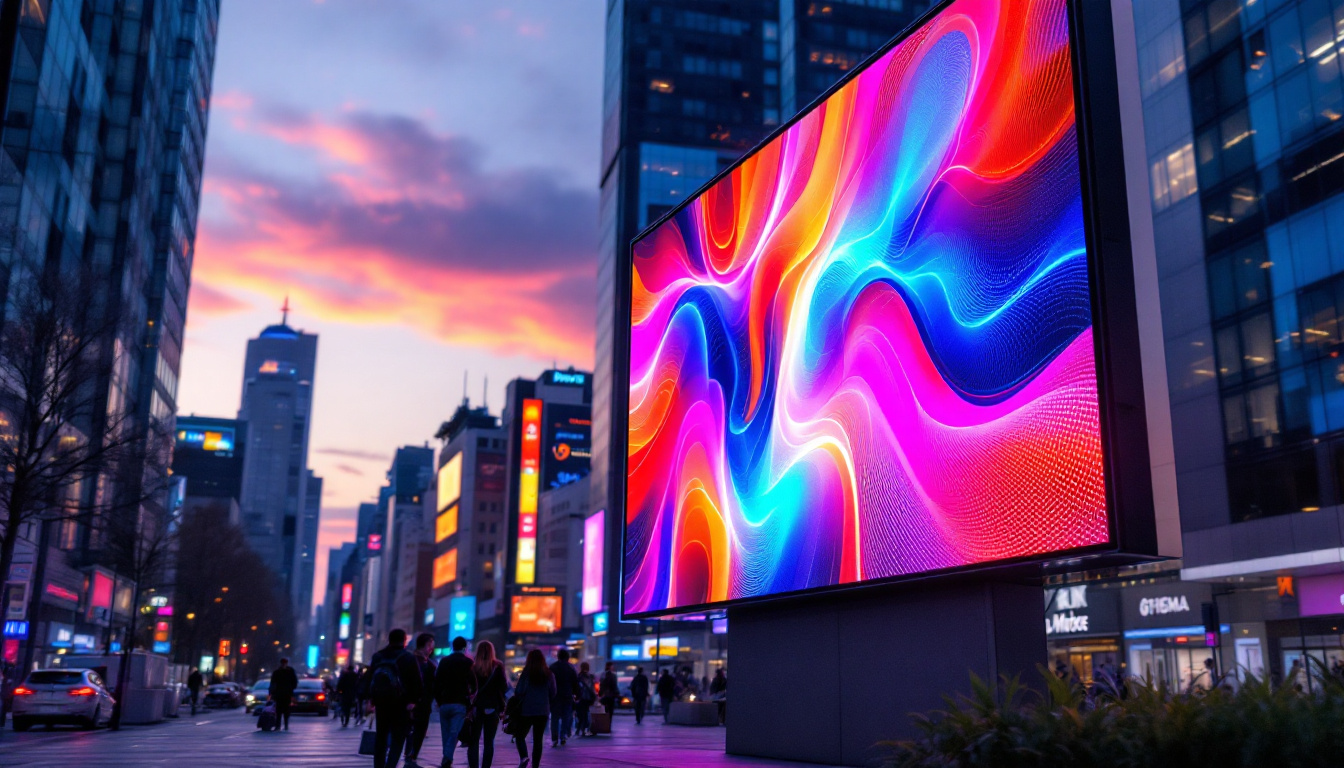The evolution of television technology has transformed the way audiences experience visual content. Among the various display technologies available today, LED (Light Emitting Diode) displays stand out for their vibrant colors, energy efficiency, and sleek designs. This article delves into the intricacies of LED displays, exploring their functionality, advantages, and the future of television technology.
Understanding LED Technology
LED technology is a key component in modern television displays. Unlike traditional LCD screens that rely on fluorescent backlighting, LED displays utilize tiny diodes that emit light when an electric current passes through them. This fundamental difference allows for improved brightness, contrast, and color accuracy. The evolution of LED technology has not only transformed the television industry but has also influenced various sectors, including advertising, automotive lighting, and architectural design, showcasing its versatility and efficiency.
How LED Displays Work
At the core of an LED display are the individual diodes that create light. These diodes can be arranged in various configurations, leading to different types of LED displays, such as edge-lit and full-array. In edge-lit displays, LEDs are positioned along the edges of the screen, while full-array displays have a grid of LEDs behind the entire screen, providing more uniform lighting and better contrast. The technology behind these displays also allows for local dimming, where specific areas of the screen can be dimmed or brightened independently, enhancing the overall picture quality and depth.
When it comes to color reproduction, LED displays use a combination of red, green, and blue (RGB) diodes to create a full spectrum of colors. By adjusting the intensity of each color, the display can produce a wide range of hues, enhancing the viewing experience significantly. Additionally, advancements in color calibration technology have enabled manufacturers to fine-tune the color output, ensuring that what viewers see on screen closely matches the original content creator’s intent. This level of precision is particularly important for professionals in fields such as graphic design and video production, where color accuracy is paramount.
Types of LED Displays
There are primarily two types of LED displays: OLED (Organic LED) and QLED (Quantum Dot LED). Each type offers unique advantages, catering to different preferences and use cases. OLED displays are known for their ability to produce true blacks and exceptional contrast ratios because each pixel emits its own light. This allows for deeper blacks and a more immersive viewing experience. Furthermore, OLED technology is often thinner and more flexible than traditional displays, paving the way for innovative designs, including curved and rollable screens.
On the other hand, QLED displays utilize quantum dot technology to enhance brightness and color accuracy, making them ideal for brightly lit environments. The quantum dots are microscopic semiconductor particles that emit specific colors when illuminated by a light source, resulting in vibrant and lifelike images. This technology not only improves color volume but also extends the lifespan of the display, as QLEDs are less susceptible to burn-in issues that can affect OLED screens. As a result, QLED displays are often favored for gaming and dynamic content, where fast-moving images are commonplace.
Advantages of LED Displays
The popularity of LED displays can be attributed to several key advantages that enhance both performance and user experience.
Energy Efficiency
One of the most significant benefits of LED technology is its energy efficiency. Compared to traditional LCD and plasma displays, LED screens consume less power, which translates to lower electricity bills and a reduced carbon footprint. This efficiency is particularly advantageous for consumers who watch television for extended periods. Moreover, many LED displays come equipped with smart features that allow users to adjust brightness settings automatically based on ambient light, further optimizing energy consumption.
Superior Picture Quality
LED displays are renowned for their superior picture quality. The ability to achieve higher brightness levels, combined with improved contrast ratios, results in vibrant images that pop off the screen. This is especially noticeable in scenes with high dynamic range (HDR), where the difference between the darkest and brightest parts of the image is pronounced. The color accuracy of LED displays also plays a crucial role in delivering a more lifelike viewing experience, making them ideal for professional photographers and graphic designers who require precise color representation.
Additionally, LED displays offer wider viewing angles compared to older technologies. This means that viewers can enjoy consistent color and brightness, even when watching from the side, making them great for family gatherings or movie nights. The advancements in LED technology have also led to the development of OLED (Organic Light Emitting Diode) displays, which take picture quality to the next level by providing deeper blacks and an even wider color gamut. This evolution in display technology ensures that consumers have access to the best visual experiences available, whether they’re gaming, streaming, or simply enjoying their favorite shows.
Challenges and Considerations
While LED displays offer numerous advantages, they are not without their challenges. Understanding these limitations is essential for making informed purchasing decisions.
Cost Factors
LED technology, particularly OLED, can come with a higher price tag compared to traditional LCDs. The manufacturing processes and materials used in OLED displays contribute to their cost. However, prices have been steadily decreasing as technology advances, making them more accessible to consumers. Additionally, it’s important to consider the long-term value of investing in a higher-quality display. OLEDs often provide superior color accuracy, contrast, and viewing angles, which can enhance the overall viewing experience, especially for movie enthusiasts and gamers. As competition in the market grows, consumers may also find more options at varying price points, allowing for better budget management.
Potential Burn-In Issues
Another consideration, especially with OLED displays, is the risk of burn-in. This occurs when static images are displayed for prolonged periods, leading to permanent ghost images on the screen. While modern OLED TVs have features to mitigate this issue, it remains a point of concern for some users. Manufacturers have introduced various technologies, such as pixel shifting and screen savers, to help reduce the likelihood of burn-in. Furthermore, users can adopt practices like varying their content consumption and avoiding static images for extended periods to minimize risks. Understanding these precautions can empower consumers to enjoy the vibrant visuals of OLED technology without the fear of permanent screen damage.
Future Trends in LED Technology
The landscape of television technology is ever-evolving, and LED displays are at the forefront of this transformation. Several trends are emerging that promise to shape the future of LED technology.
MicroLED Technology
MicroLED is a cutting-edge technology that represents the next evolution of LED displays. Unlike traditional LEDs, MicroLEDs consist of microscopic individual pixels that emit their own light. This allows for even greater control over brightness and color, resulting in stunning image quality.
MicroLED displays also offer the potential for modular designs, enabling users to create custom screen sizes and shapes. This flexibility could revolutionize how consumers set up their home entertainment systems, allowing for seamless integration into any space. Additionally, MicroLED technology boasts impressive durability and longevity, with the potential for a lifespan that far exceeds that of traditional LCD or OLED displays. This means less frequent replacements and a more sustainable option for environmentally conscious consumers.
Advancements in Quantum Dot Technology
Quantum dot technology continues to advance, enhancing the capabilities of QLED displays. These advancements focus on improving color accuracy, brightness, and energy efficiency. As manufacturers invest in research and development, consumers can expect even more impressive visual experiences in the coming years.
Moreover, the integration of quantum dots with LED technology is paving the way for displays that can produce a wider color gamut, making images more vibrant and lifelike. This is particularly beneficial for content creators and gamers who demand the highest fidelity in color reproduction. As the technology matures, we may also see quantum dots being utilized in various applications beyond televisions, including in smartphones, tablets, and even wearable devices, expanding the reach of this innovative technology across multiple platforms.
Choosing the Right LED Display
When selecting an LED display, several factors should be considered to ensure the best fit for individual needs.
Screen Size and Resolution
Screen size and resolution are critical components of the viewing experience. Larger screens with higher resolutions, such as 4K or 8K, provide more detail and clarity, making them ideal for cinematic experiences. However, the right size also depends on the viewing distance; larger screens are more suitable for larger rooms, while smaller screens work well in compact spaces.
Smart Features and Connectivity
In today’s digital age, smart features and connectivity options are essential for a modern television. Many LED displays come equipped with smart technology, allowing users to access streaming services, browse the internet, and connect with other smart devices in their homes. Features such as voice control and app integration can significantly enhance the user experience.
Conclusion
LED displays have revolutionized the television industry, offering unparalleled picture quality, energy efficiency, and sleek designs. As technology continues to advance, consumers can expect even more exciting developments in LED technology, including MicroLED and enhanced quantum dot displays. Understanding the intricacies of LED displays enables consumers to make informed decisions when selecting their next television, ensuring they enjoy the best viewing experience possible.
As the market continues to evolve, keeping an eye on trends and innovations will be crucial for anyone looking to invest in a new television. Whether for gaming, movie watching, or general entertainment, LED displays are poised to remain at the forefront of home entertainment technology for years to come.
Explore Cutting-Edge LED Displays with LumenMatrix
Ready to elevate your visual experience with the latest in LED display technology? Look no further than LumenMatrix, a pioneer in crafting immersive LED display modules for every occasion. From the comfort of your home to the excitement of outdoor events, LumenMatrix offers a diverse range of solutions including Indoor LED Wall Displays, Outdoor LED Wall Displays, and specialized options like Vehicle LED Displays, LED Sports Displays, and even Custom LED Displays tailored to your needs. Embrace the future of visual communication and check out LumenMatrix LED Display Solutions today to see how you can enhance engagement and captivate your audience with unparalleled clarity and impact.

